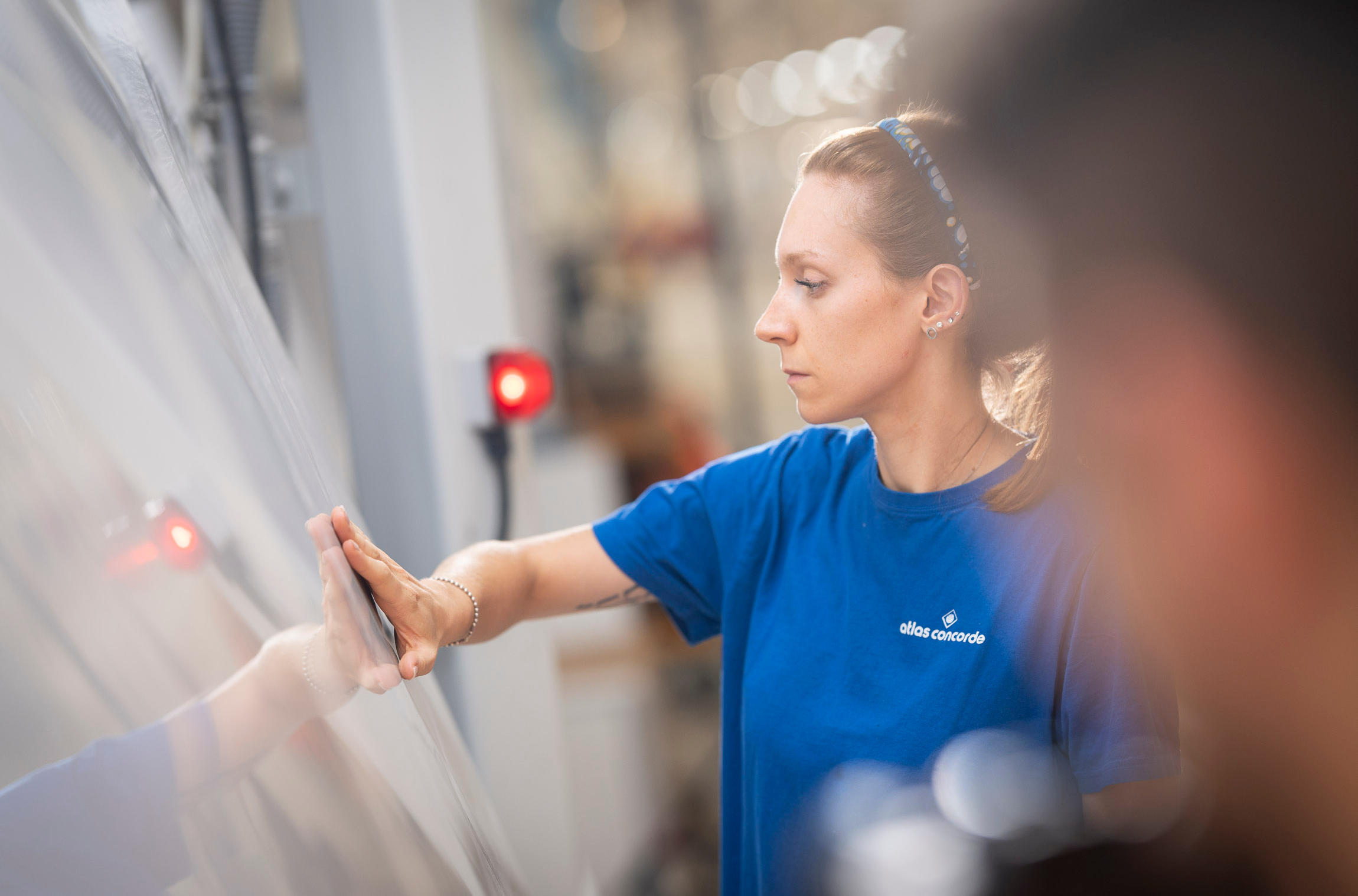Porcelain stoneware has numerous advantages: it is a resistant, hygienic, and easy-to-maintain material, but to keep it looking beautiful over time, it is important to use the right cleaning techniques based on its finish. In this guide, you will find practical tips and advice for cleaning matt, glossy, and wood-effect porcelain stoneware, how to remove stains, and what to do after installation.

Trend
How to clean porcelain stoneware: tips and products
11 June 2021
Brief guide to cleaning ceramic tiles, starting from the environments where they are subjected to the most stress: the kitchen and the bathroom.
Daily cleaning of porcelain stoneware
For daily cleaning of porcelain stoneware, simply remove dust and dirt with a soft bristle broom or a dry microfiber cloth. Then wash the floor with warm water and a neutral detergent specifically designed for stoneware, avoiding oily or waxy products that could leave streaks.
It is important to always rinse with clean water to remove any detergent residue. Even though porcelain stoneware is not very porous, it is essential to prevent dirt from accumulating in order to preserve its appearance. Products that are too aggressive or contain acids can damage the grout lines and make the surface dull.
How to clean matte porcelain stoneware
Cleaning matte porcelain stoneware requires care to maintain its natural finish and texture. It is advisable to use specific products for cleaning matte porcelain stoneware that are gentle and free of polishing agents that could compromise the original appearance of the surface. These porcelain stoneware cleaners help remove dirt without altering the matte finish.
If the matt porcelain stoneware is stained, it is important to act quickly with suitable products to prevent the stains from penetrating the micro-textures, where they would be more difficult to remove later. Cleaning the stoneware regularly with the right products and carrying out regular maintenance helps to preserve the elegance and functionality of this type of covering over time.
Polished porcelain stoneware: how to clean it
Polished porcelain stoneware has a smooth surface that reflects light and brightens rooms. To keep it shiny, use a neutral detergent and dry thoroughly after washing to prevent streaks. It is advisable to avoid hard brushes and powdered detergents, which can scratch the finish.
A useful trick is to wipe with a dry microfiber cloth immediately after washing: this will remove any water residue and preserve the mirror effect. For limescale stains, use mild, well-diluted anti-limescale detergents.
Cleaning wood-effect porcelain stoneware
Wood-effect porcelain stoneware combines the aesthetic warmth of parquet with the resistance of stoneware. When cleaning, always follow the “grain” of the tiles with a damp cloth to remove any dirt that may accumulate in the grooves of the texture.
Neutral or slightly alkaline detergents are recommended, avoiding waxes or oils that can make the surface slippery. For stubborn stains, a soft bristle brush will help to clean thoroughly without damaging the decoration.
How to remove stains from porcelain stoneware
Stains on porcelain stoneware should be treated according to their origin.
For grease or oil stains, use a mild degreaser, checking the product's compatibility first.
For limescale stains, opt for non-aggressive, well-diluted limescale removers and rinse immediately.
In the case of wine or coffee, act immediately with hot water and a soft cloth.
It is possible to use degreaser on porcelain stoneware, but only if diluted and for stubborn dirt, avoiding frequent applications that could dull the surface.
Cleaning porcelain stoneware after installation and completion of construction work
Cleaning porcelain stoneware after installation is essential to remove any residue of adhesive, grout, or construction dust. Use a buffered acid cleaner specifically designed for stoneware, following the manufacturer's instructions. Do not use pure acids or unsuitable products, which can damage grout lines and profiles.
When cleaning porcelain stoneware at the end of construction, it is important to pay particular attention to cleaning the grout lines of the stoneware floor: removing cement residues is essential to prevent them from hardening and becoming difficult to clean. After this operation, the floor will be ready for normal maintenance.
Tips for long-term maintenance
To keep porcelain stoneware looking like new:
Always use suitable, well-diluted detergents
Clean the grout regularly to prevent blackening
Protect the floor in high-traffic areas with rugs or runners
Avoid dragging furniture or heavy objects that could scratch the surface
By following these guidelines, porcelain stoneware will retain its beauty and functionality for many years, whether in matt, glossy, or wood-effect versions.
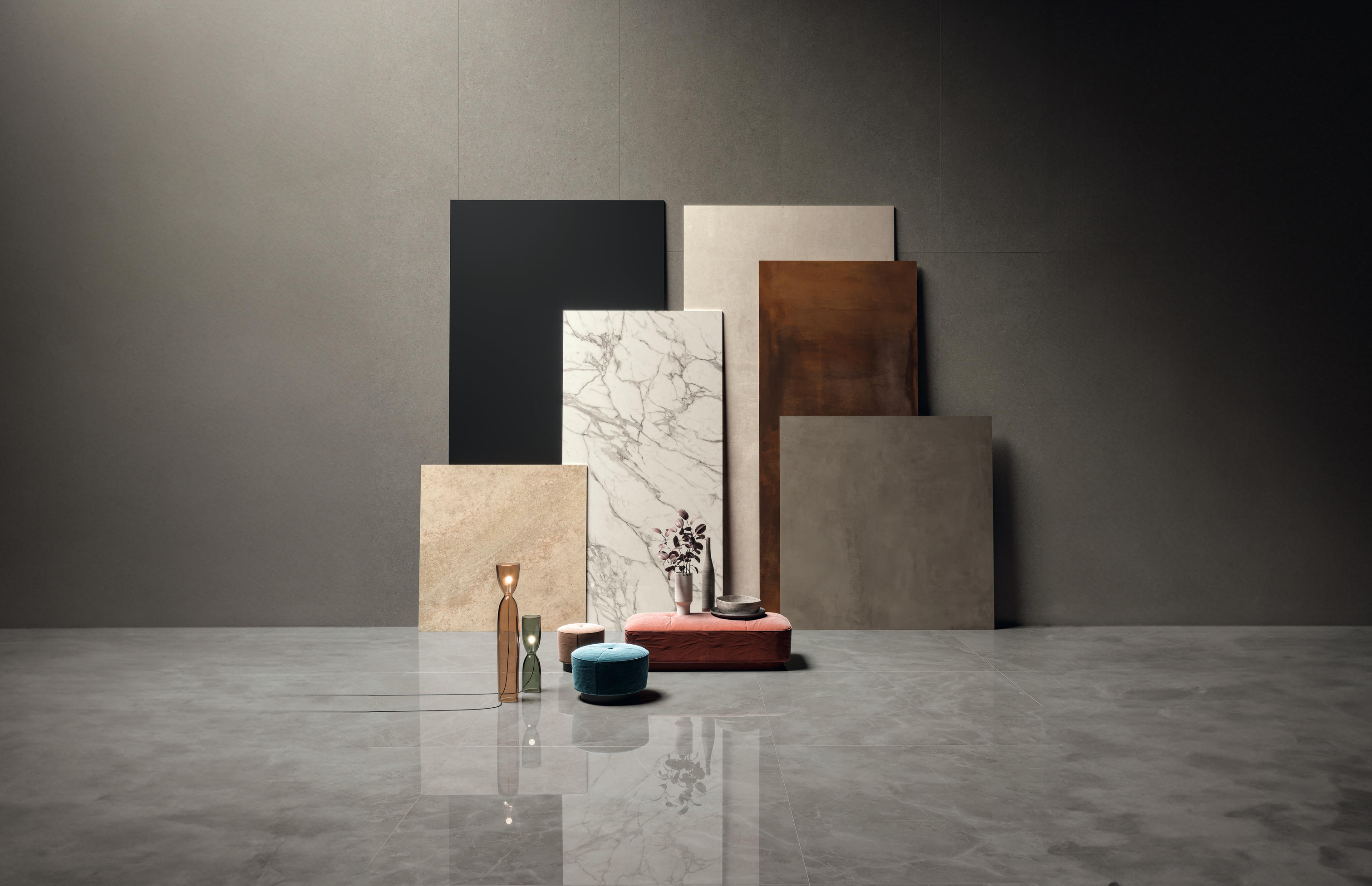








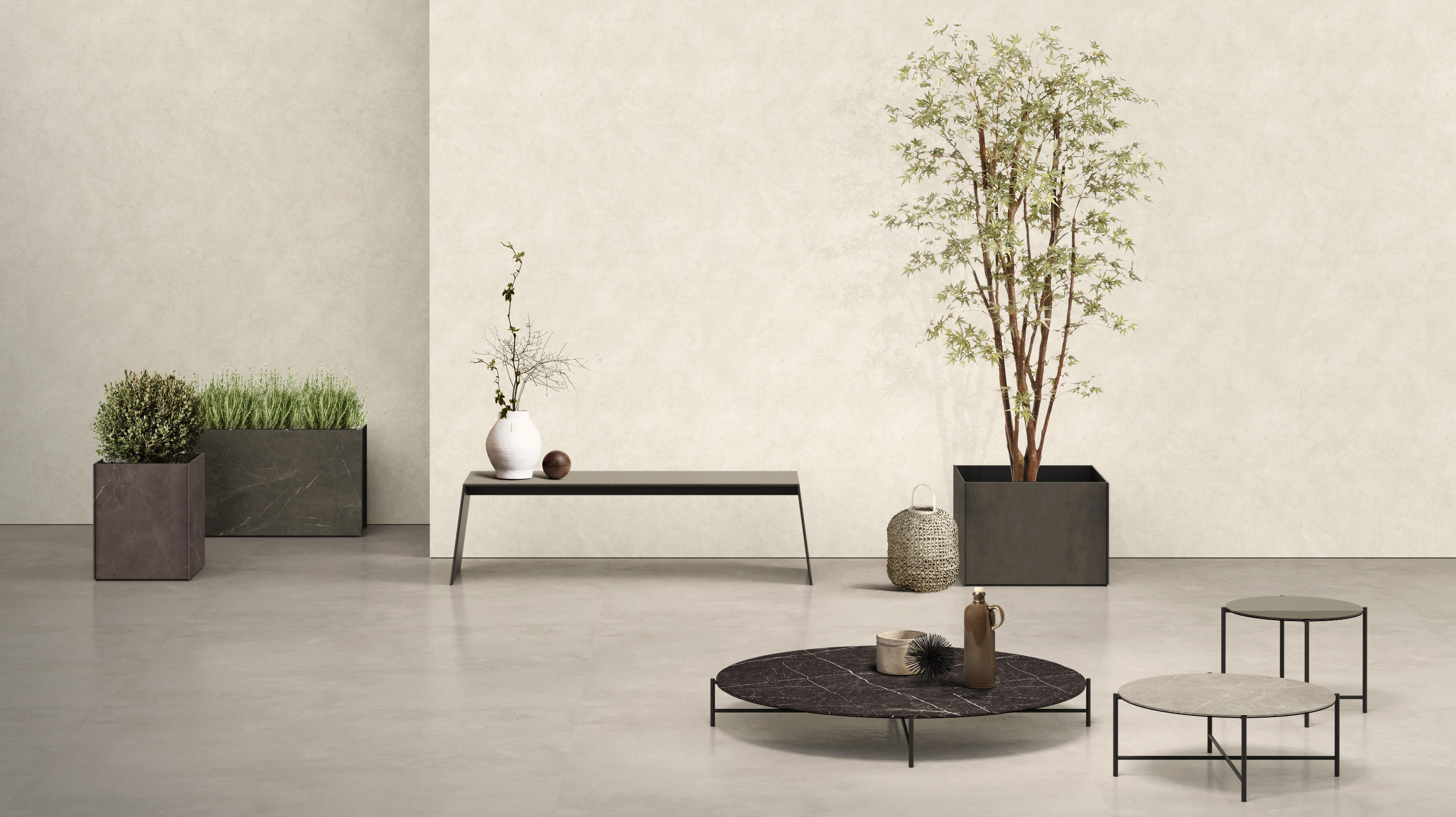



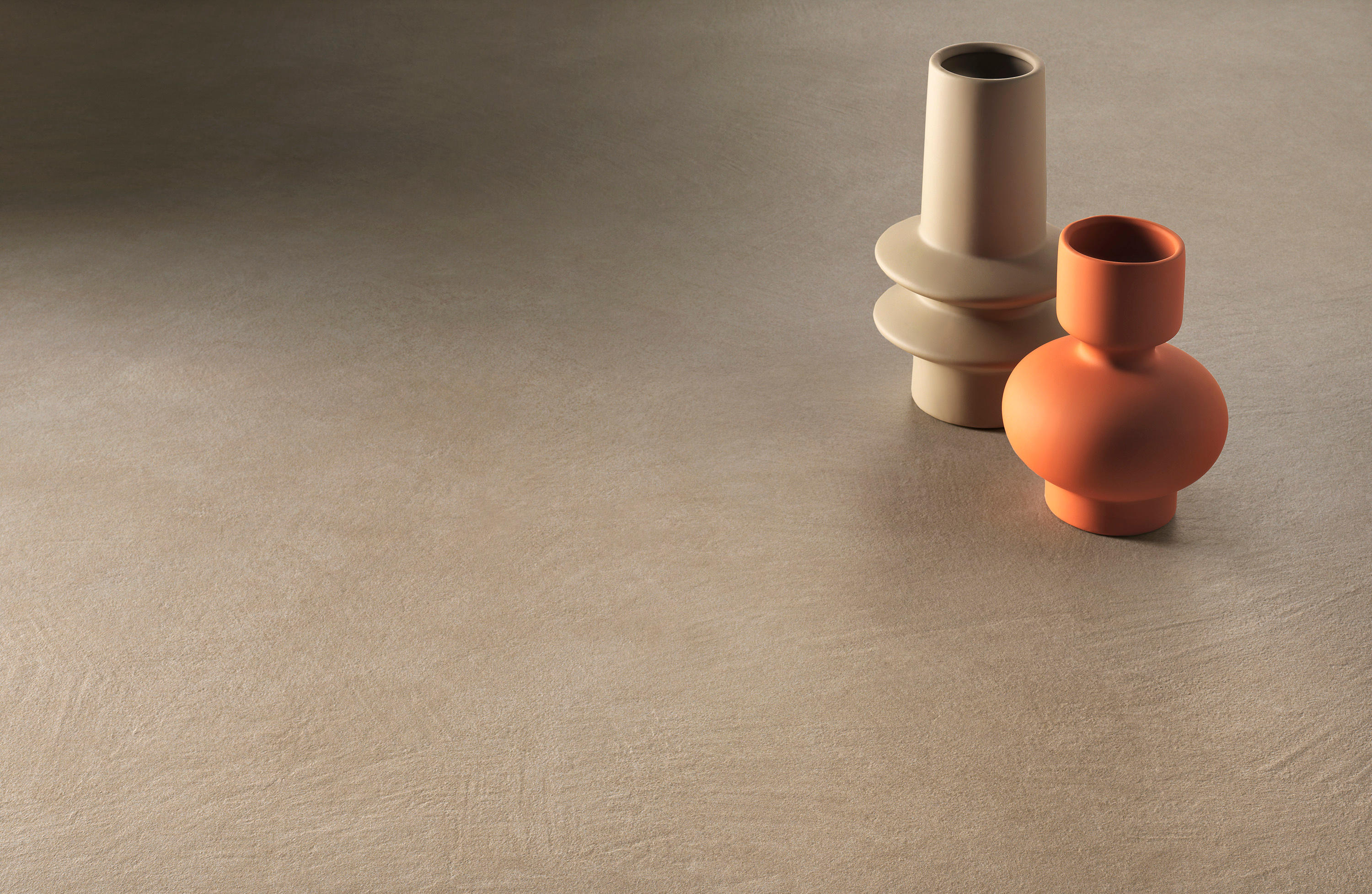


























.jpg?cropw=4096&croph=2654.2479700187387&cropx=9.695217308093677e-13&cropy=76.7520299812622&cropmode=pixel&quality=75#)










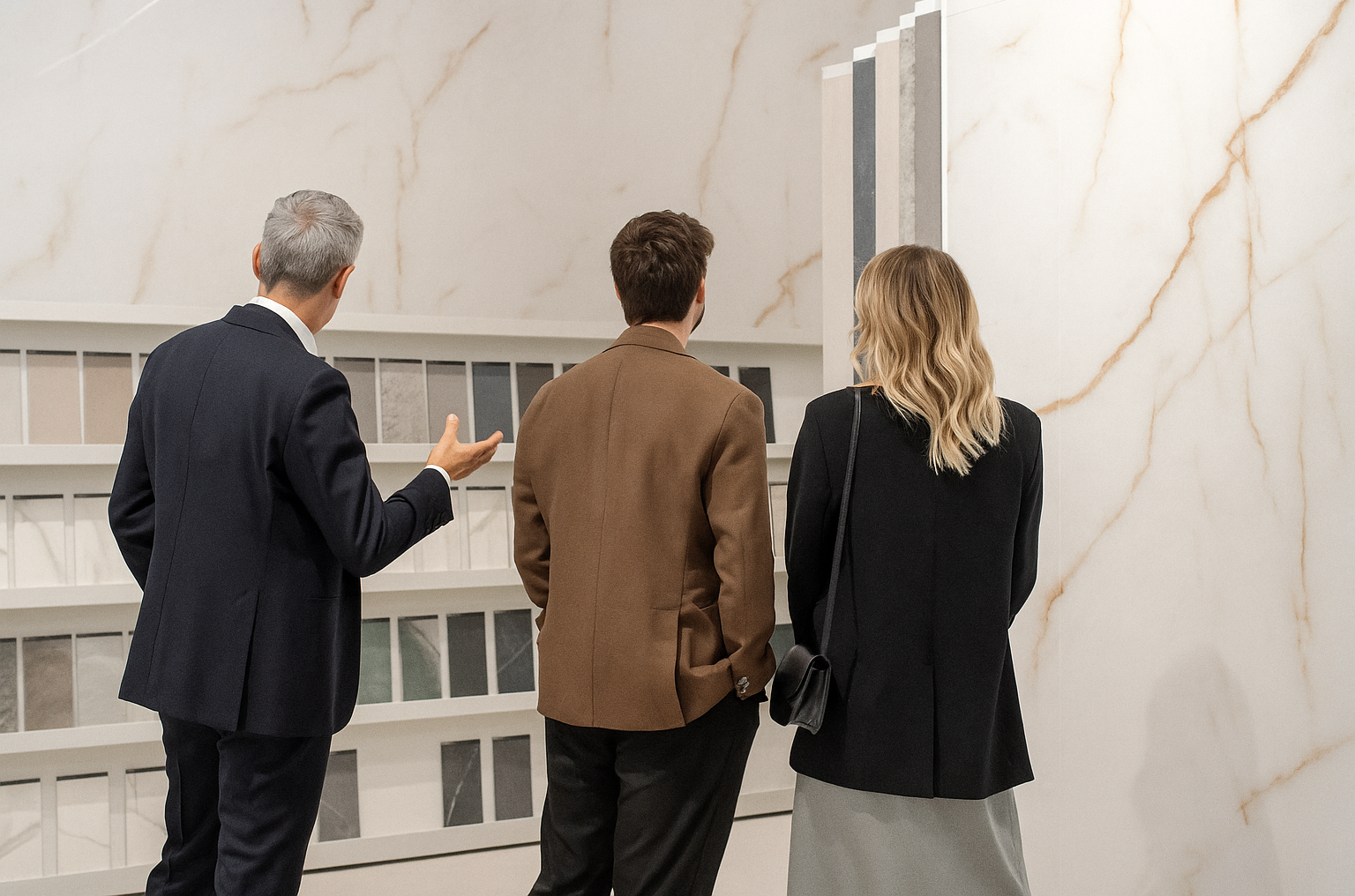
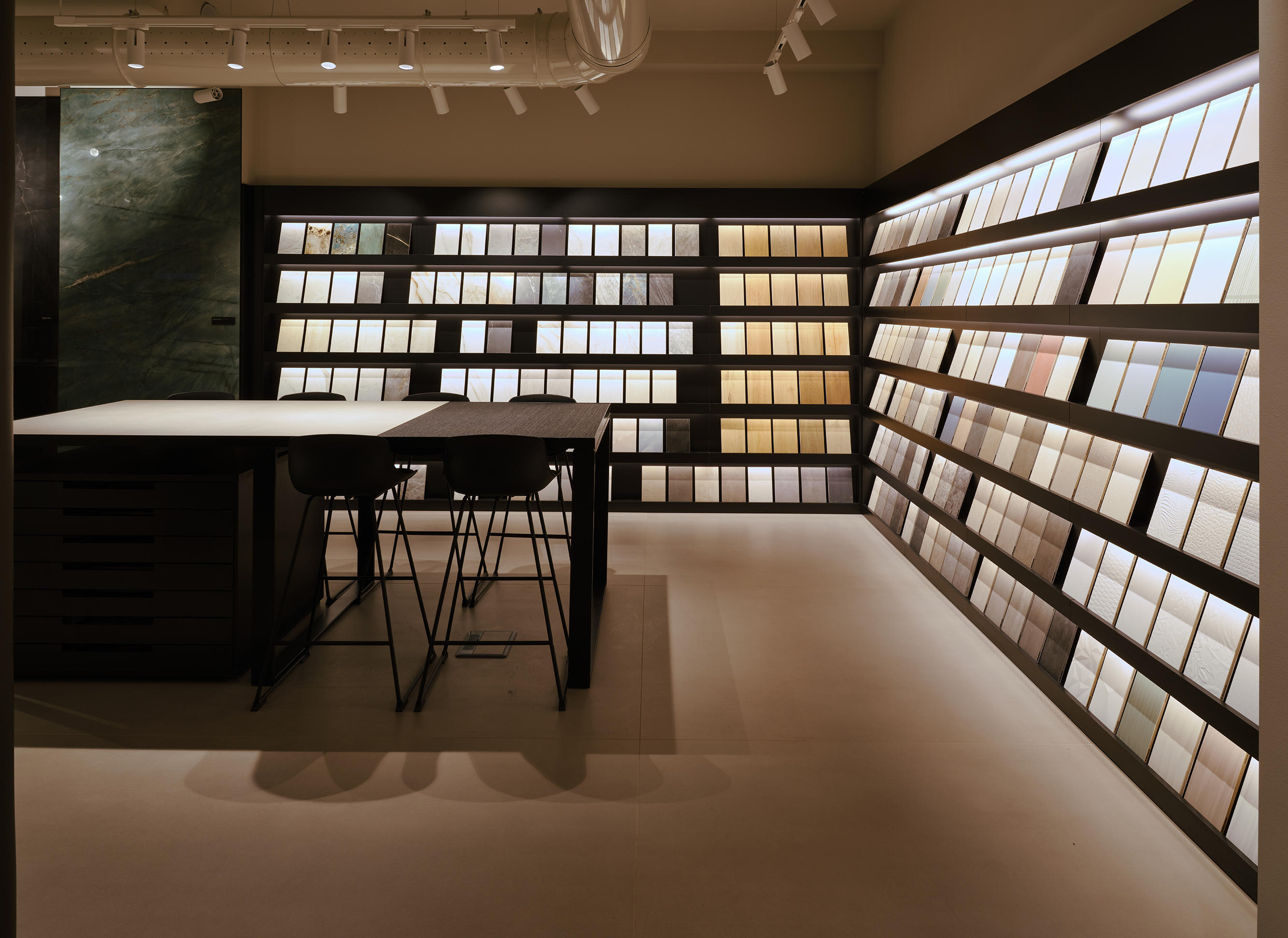
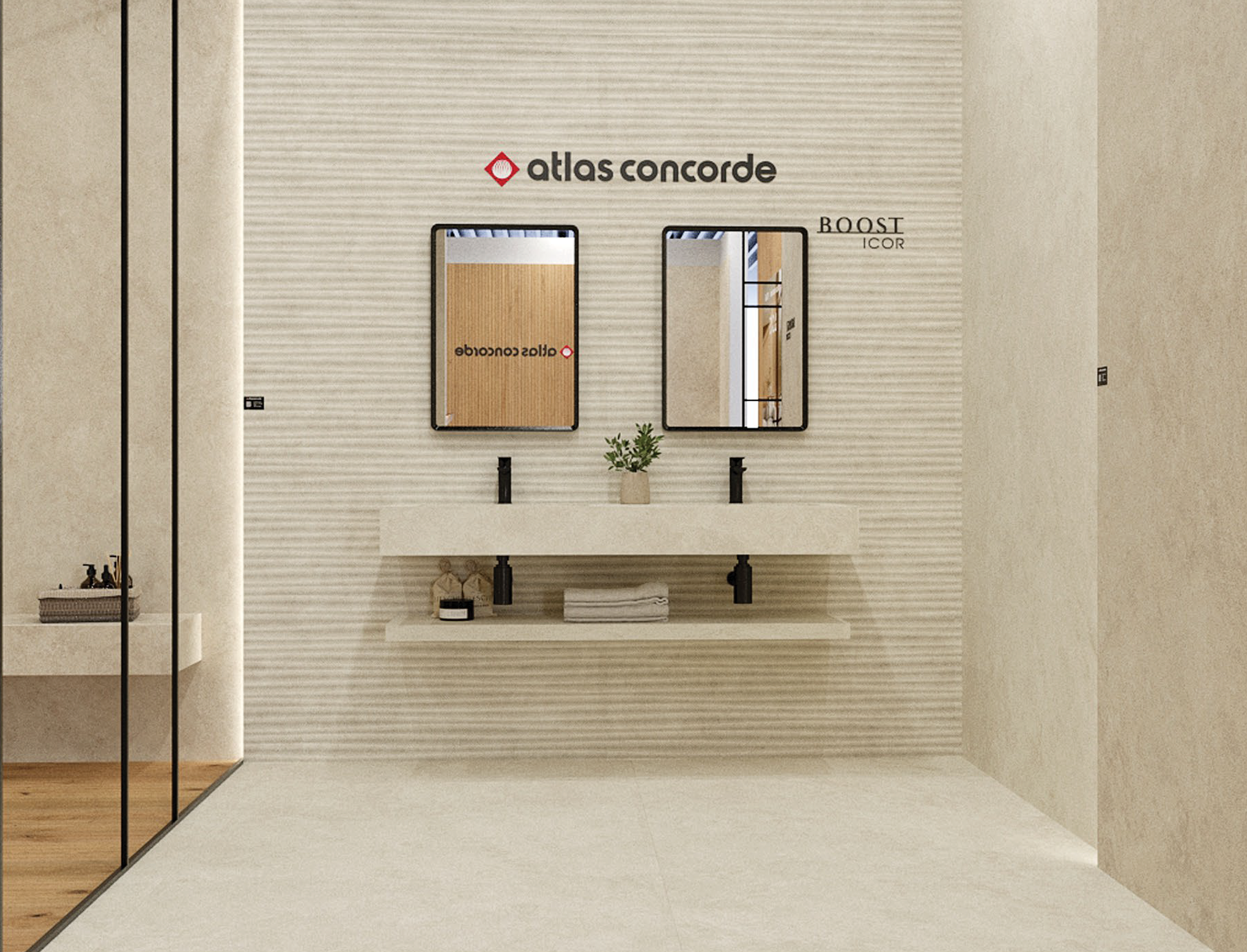
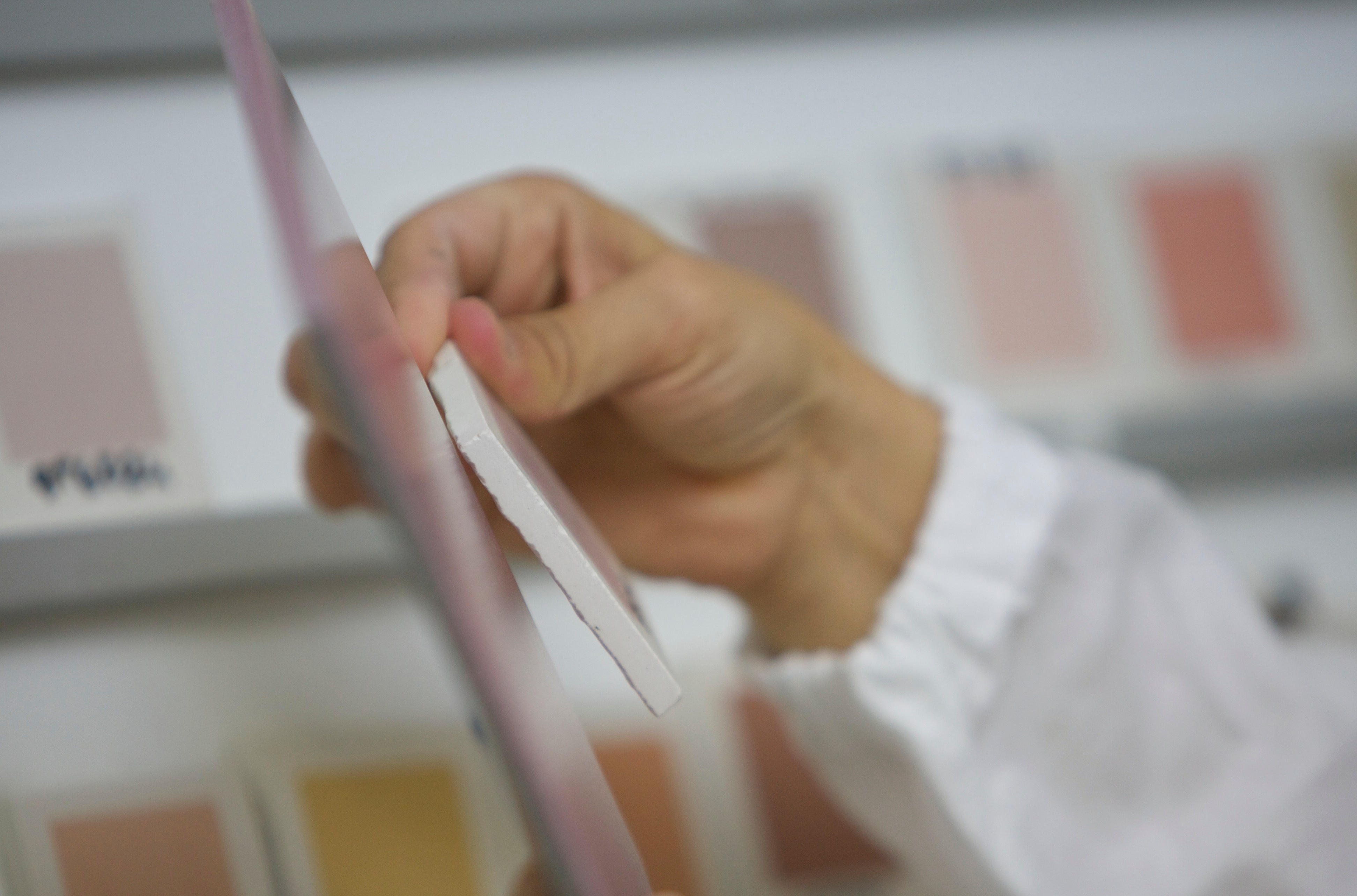
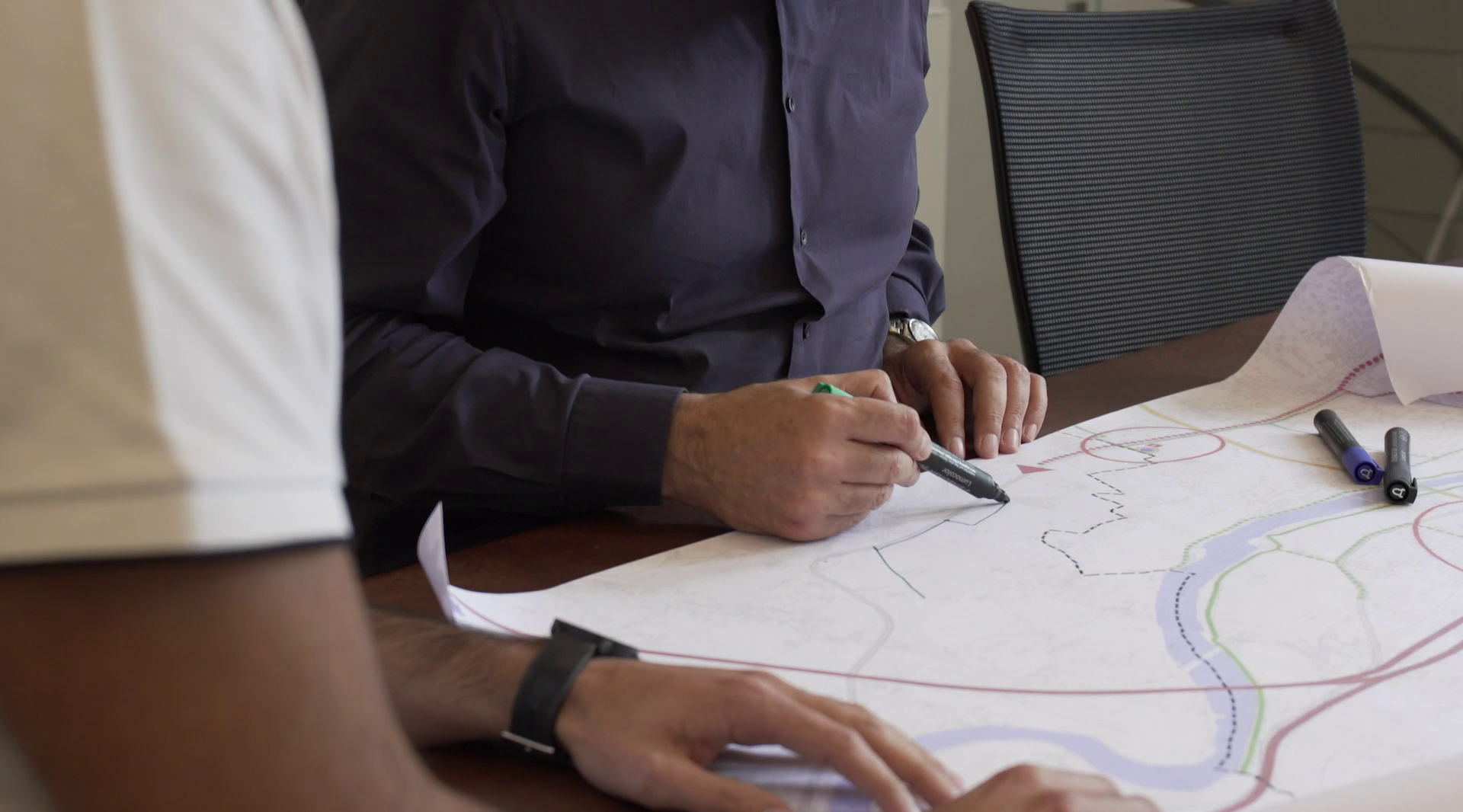
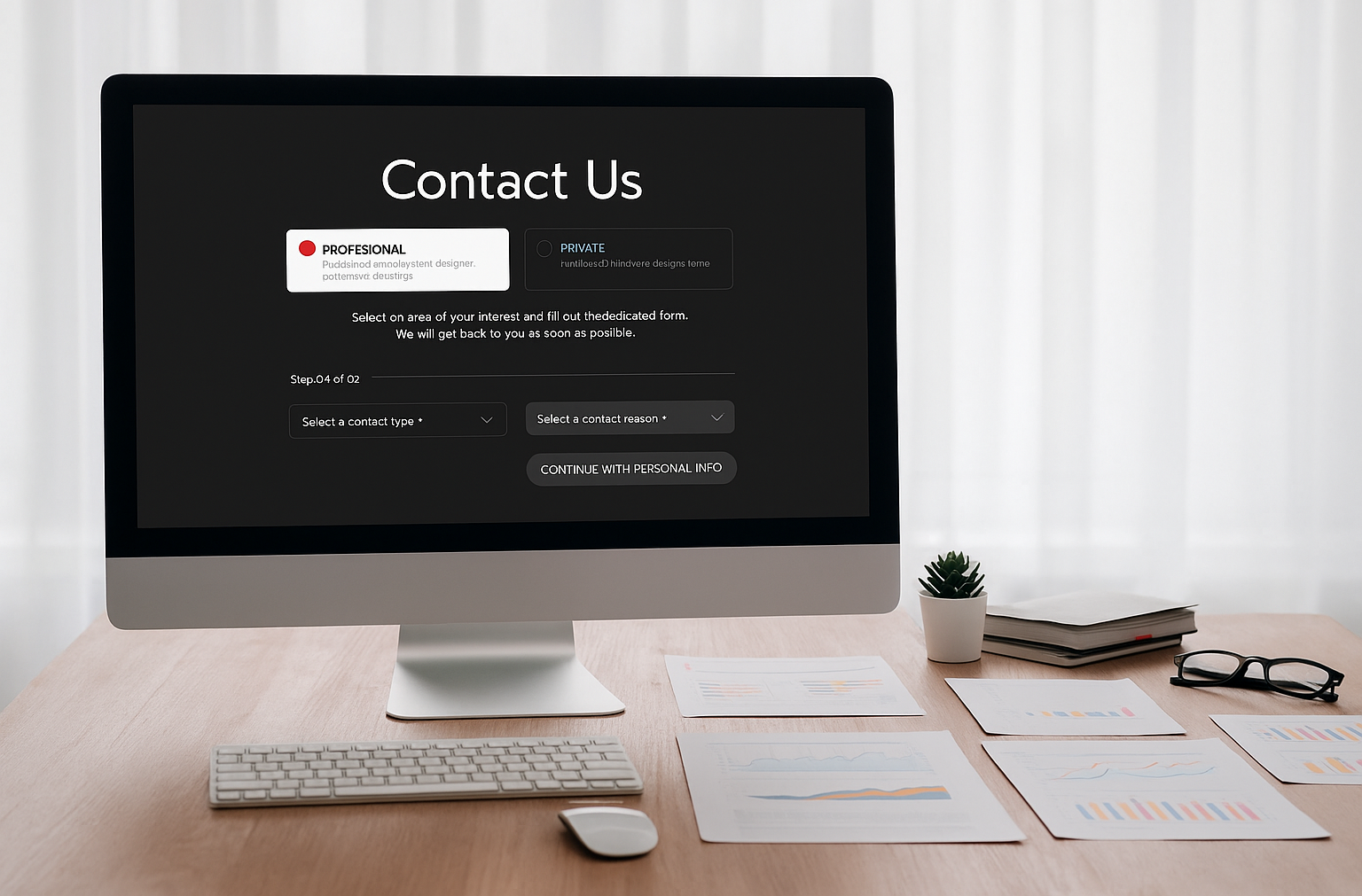
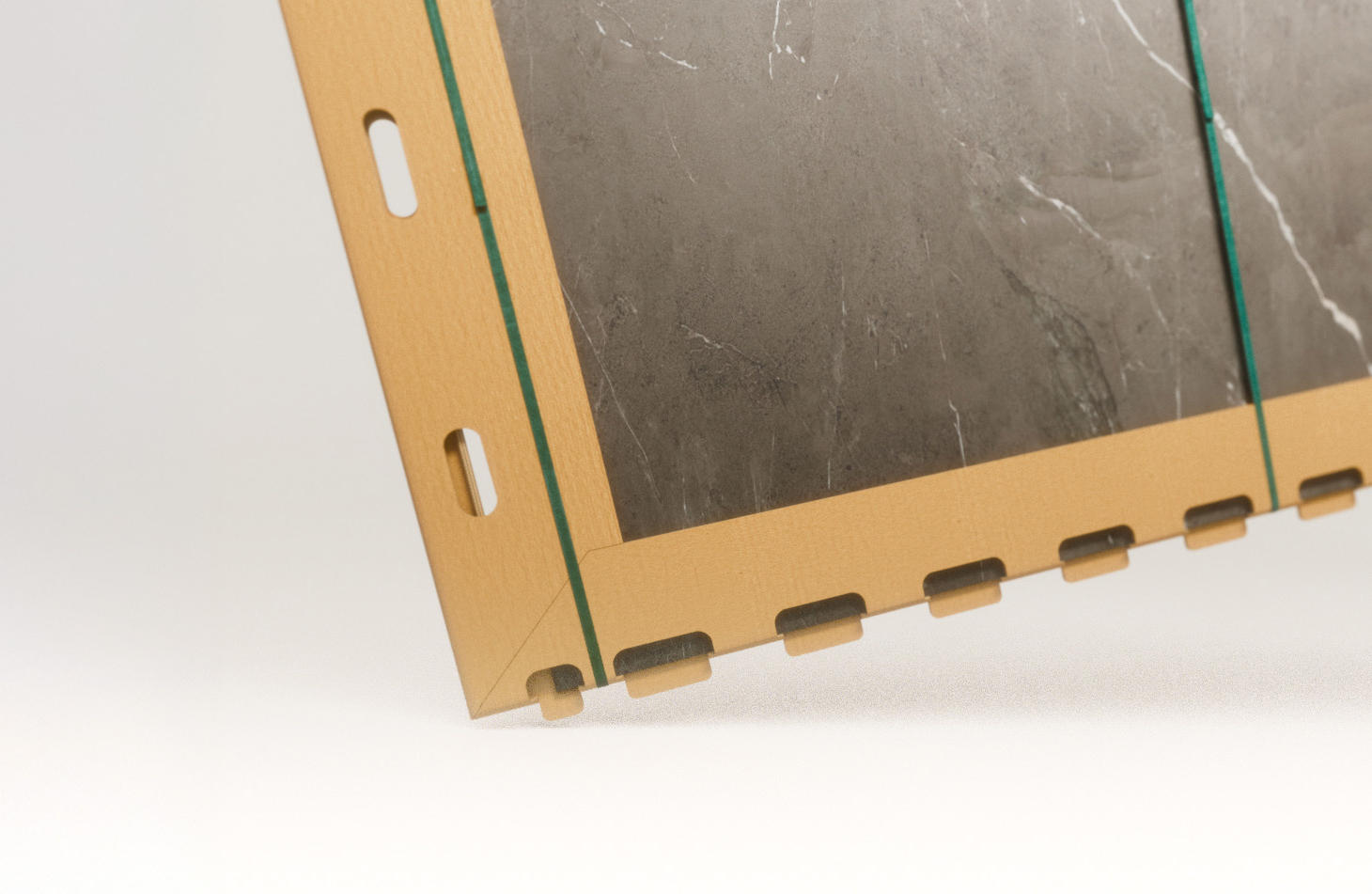

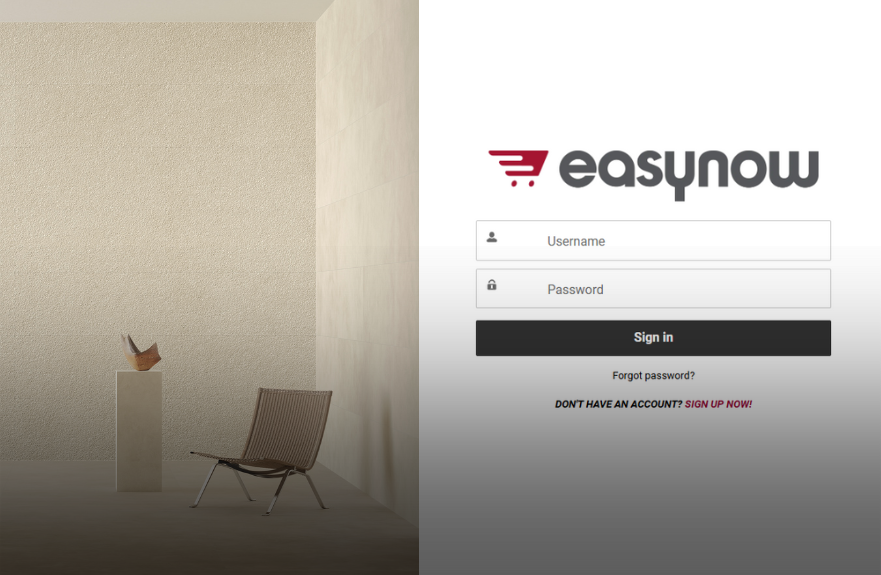

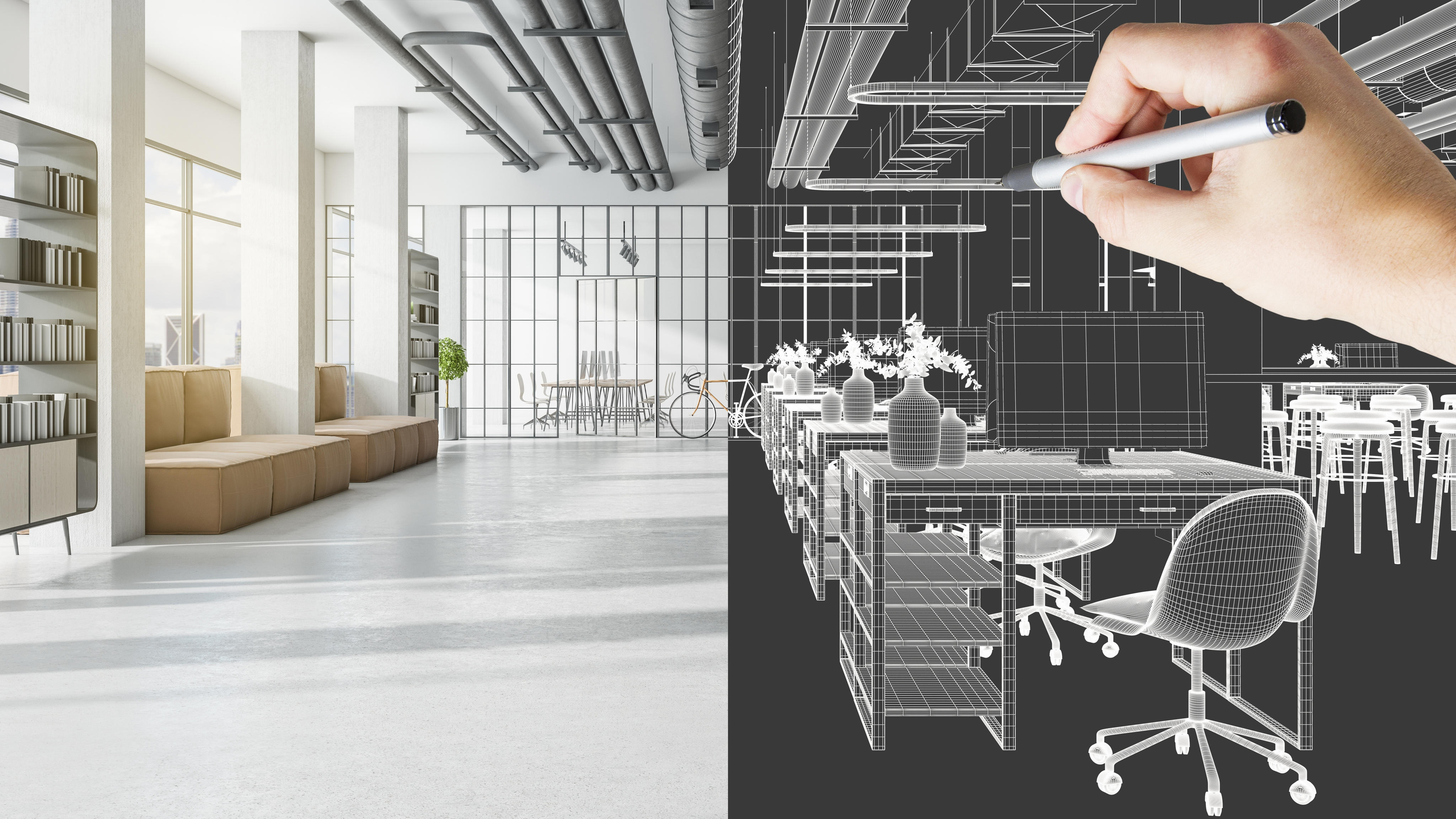
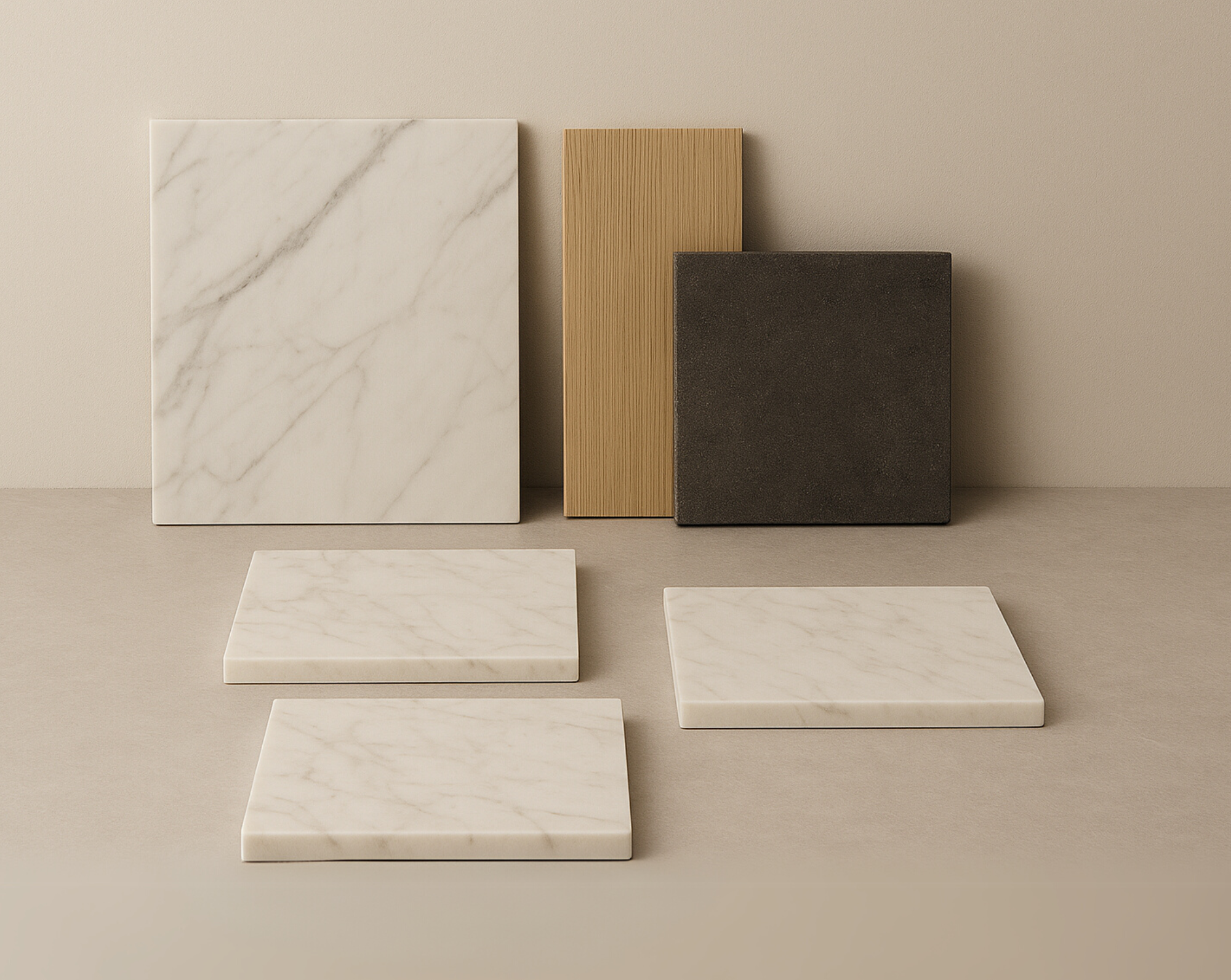









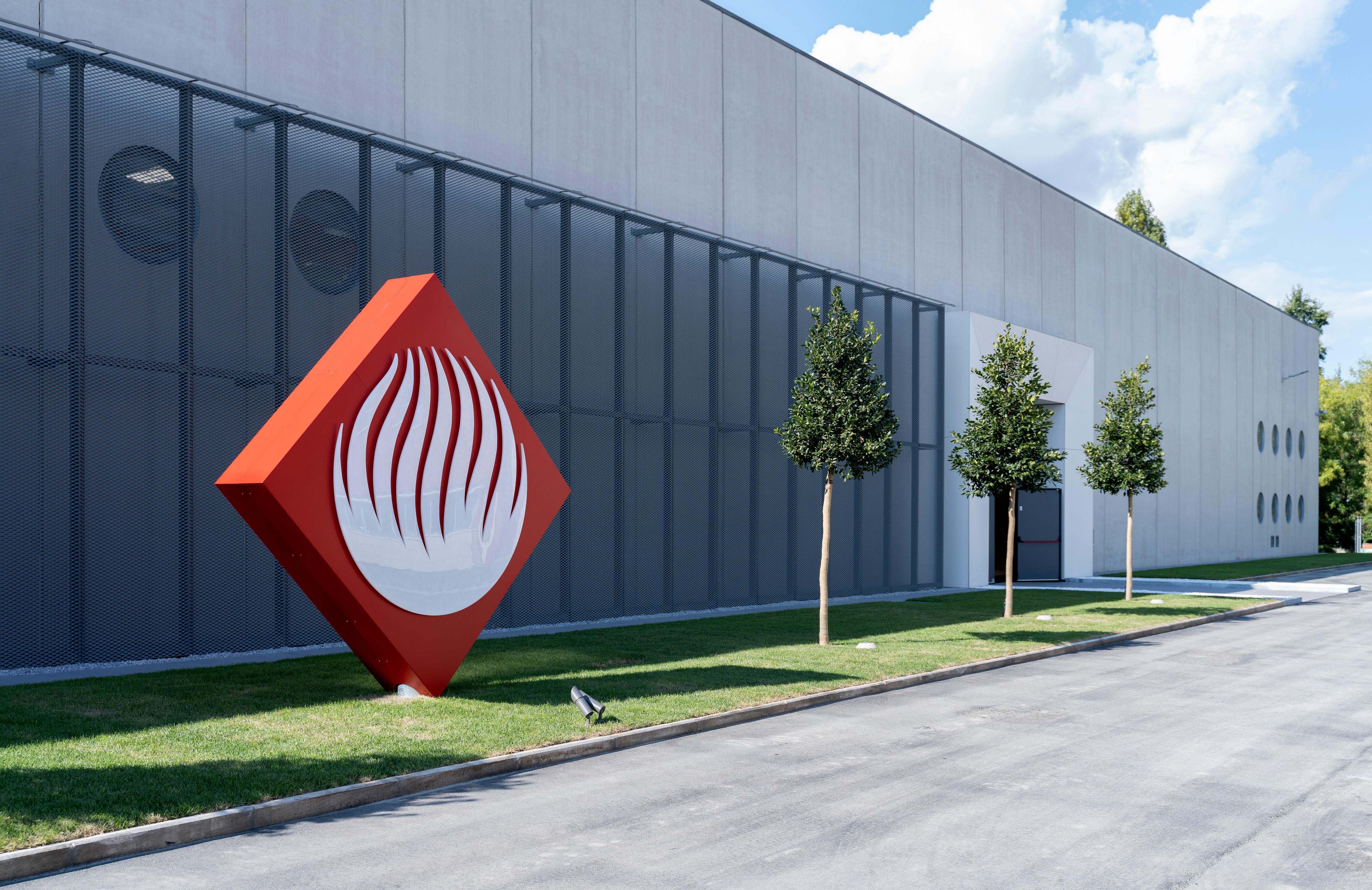







.tif?cropw=4036.303976681241&croph=2705.4159900062464&cropx=59.69602331875912&cropy=25.584009993753906&cropmode=pixel&quality=75#)
.jpg?cropw=4096&croph=2978.1919633562356&cropx=0&cropy=93.80803664376384&cropmode=pixel&quality=75#)




.jpg?cropw=4096&croph=2304&cropx=0&cropy=215.39045431878446&cropmode=pixel&quality=75#)


